Home » Coffee Knowledge » coffee-recipes » hot coffee » Café au Lait Recipe – New Orleans Style

There’s something comforting about the simplicity of a warm cup of coffee with milk. The café au lait is one of those timeless drinks—rich, smooth, and easy to make at home with just a few basic ingredients. I live just outside of New Orleans, and every time I visit the city, grabbing a café au lait (usually with a side of beignets) is a non-negotiable part of the trip. There’s something about that bold chicory flavor mixed with hot milk that just feels like home before heading into the french quarter.
The name café au lait simply means “coffee with milk” in French, and the French-style recipe is a 50:50 blend of strong brewed coffee and hot milk. In New Orleans, this drink took on a distinctive twist: a very dark, robust roast mixed with roasted chicory root, combined half-and-half with steamed milk. The result is a light-brown, steaming hot drink (typically with little or no foam) that’s closely tied to Crescent City coffee culture.
Café au lait originated in 18th-century France as a morning coffee (often served in wide bowls) with equal parts hot milk. French settlers brought the concept to Louisiana, but New Orleans shortage conditions in the 1800s shaped its character. During the Napoleonic Wars, European blockades made coffee scarce, so residents began adding roasted chicory (the root of a wildflower) to stretch and flavor their brew. The practice really took hold during the American Civil War, when Union blockades cut off imports; New Orleanians by then preferred the fuller, nuttier taste of this “Creole coffee” blend. What began as wartime necessity became a beloved tradition: even today New Orleans stands like Café du Monde and the French Market serve a 50/50 mix of café du monde dark-roast coffee with chicory and hot milk.
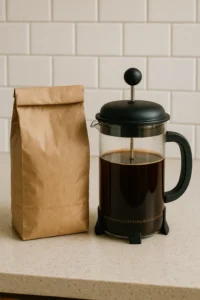 For a true New Orleans–style café au lait, start with a dark-roast coffee (e.g. French or Italian roast). The blend is typically ~4 parts coffee to 1 part chicory by weight – roughly 80% coffee, 20% chicory. Chicory adds a toasty, slightly bitter note and thickens the mouthfeel. (You can buy pre-mixed “coffee & chicory” blends from New Orleans brands or mix your own: for example, 25 g coffee + 6 g chicory per batch.) Use fresh, filtered water and grind the coffee coarsely if using a French press, or medium for a drip filter. A bold brew strength is key: we recommend brewing strong coffee (around a 1:12–1:15 ratio by weight) so that it doesn’t get too diluted by the milk. For example, 30 g dark roast (+ 7–8 g chicory) with ~360 g water yields ~350 g of brewed coffee – which you’ll match with a similar weight of steamed milk.
For a true New Orleans–style café au lait, start with a dark-roast coffee (e.g. French or Italian roast). The blend is typically ~4 parts coffee to 1 part chicory by weight – roughly 80% coffee, 20% chicory. Chicory adds a toasty, slightly bitter note and thickens the mouthfeel. (You can buy pre-mixed “coffee & chicory” blends from New Orleans brands or mix your own: for example, 25 g coffee + 6 g chicory per batch.) Use fresh, filtered water and grind the coffee coarsely if using a French press, or medium for a drip filter. A bold brew strength is key: we recommend brewing strong coffee (around a 1:12–1:15 ratio by weight) so that it doesn’t get too diluted by the milk. For example, 30 g dark roast (+ 7–8 g chicory) with ~360 g water yields ~350 g of brewed coffee – which you’ll match with a similar weight of steamed milk.

Adjusting Strength: If the drink tastes weak once milk is added, brew your coffee stronger next time (more grounds or finer grind). Conversely, more milk will mellow a super-strong brew. A good starting point is roughly 1:1 by weight of coffee and milk in the final cup.
Chicory Level: The classic ratio is ~4:1 coffee:chicory, but you can tweak it. More chicory gives a richer, slightly bitter flavor; less makes it closer to a plain French café au lait.
Milk Choice: Whole milk yields a creamy balance. Some home baristas prefer half‐and‐half for even creamier texture. Non-dairy milks (oat, soy) can work, but the flavor will differ from the classic taste.
Brewing Method: Both drip/percolator and French press are traditional. If using an espresso machine, simply brew a strong lungo shot and dilute with warmed milk (though purists stick to drip/press).
No Foam: New Orleans café au lait isn’t a foamy cappuccino or latte. Aim for a silky microfoam at most.
Variations: You can make an iced café au lait by brewing strong coffee and chilling it, then pouring over ice with cold milk. Spices like cinnamon or nutmeg stirred in the coffee or milk are also popular additions. For an adult twist, a splash of coffee liqueur or bourbon can be added (though that strays from the classic recipe).

Strong, smooth, and velvety—the perfect balance between bold espresso and creamy milk.
Weigh out your coffee and chicory. A helpful guide is ~20–30 g total coffee/chicory per 300–400 g water (adjust up for a stronger pot). Grind the blend coarsely for a French press or medium for drip.
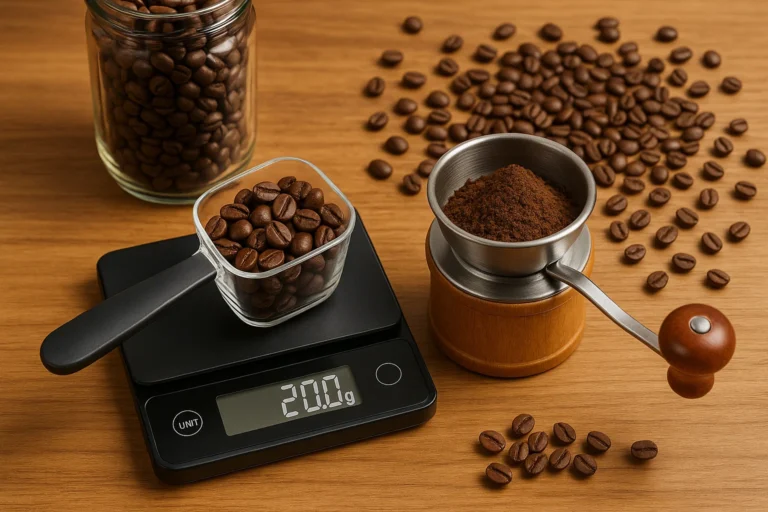
Heat water to about 93–96 °C. Brew the coffee in your chosen method: French press, automatic drip, or pour-over. A French press (steep ~4 min) or good drip brewer is most traditional. (Moka pot works too, though that produces an even more concentrated base.) Aim for a strong extraction – the coffee should taste very bold before adding milk.
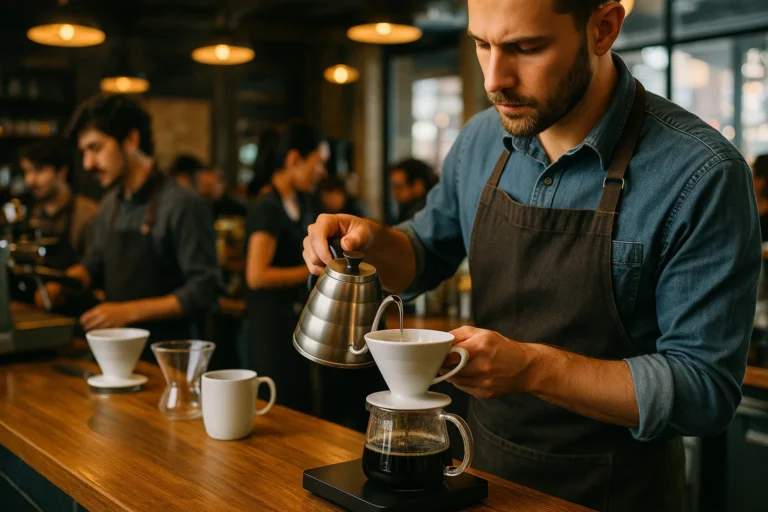
Use whole milk (or half‐and‐half for extra richness). Heat the milk gently: you want it near scalding (around 65–70 °C) with microfoam, but not boiling. Traditionally, New Orleans cafes warm milk on low heat in a pitcher or pot (often on a hot plate) so it’s hot and slightly frothy but not airy. If you have a steam wand, create creamy milk with very fine bubbles. No steam wand? You can whisk hot milk vigorously or shake it in a jar and microwave briefly to get it warm and lightly foamy. Ultimately, the milk should be hot and velvety – too much foam is not needed, as NOLA café au lait is served with few bubbles.
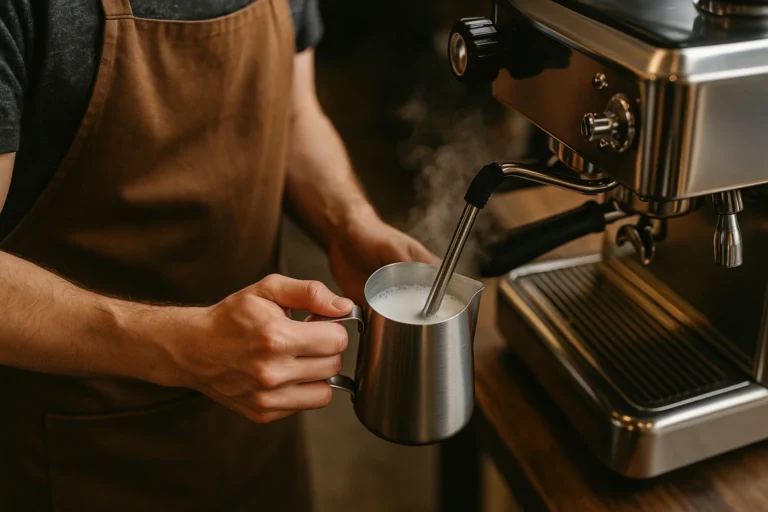
New Orleans café au lait is often served with sugar on the side (especially with beignets), but the drink itself is just coffee and milk. Add sugar or syrup only if desired.
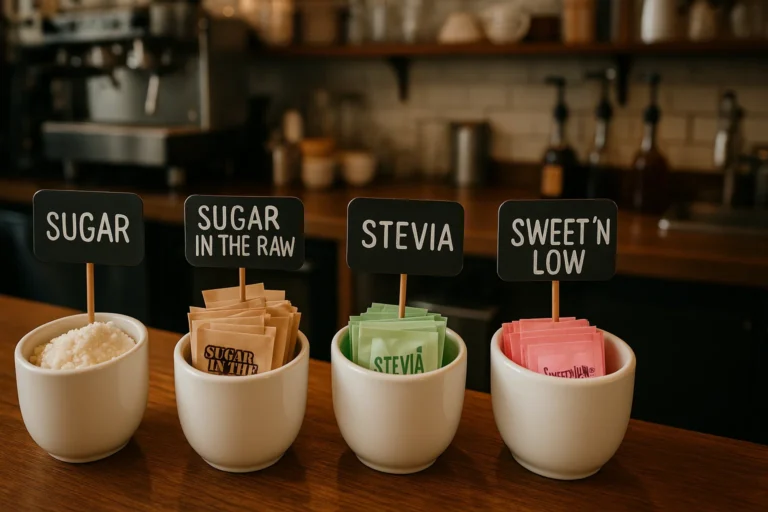
Pour the drink 50% coffee, 50% hot milk into a large mug or bowl. For example, if you brewed ~300 g coffee, add ~300 g steamed milk. Stir gently; the café au lait will be a uniform tan color with a few swirls but no thick crema or foam. (Unlike a latte, there’s no layered foam – it’s smooth and drinkable down to the last sip.) Serve immediately. The traditional accoutrement in New Orleans is a stack of powdered-sugar-dusted beignets – the perfect partner to the nutty, robust café au lait.


Welcome to Coffee Slang—I’m Nick Puffer, a former barista turned coffee enthusiast. What started behind the counter became a passion I now share with others. Join me as we explore the craft, culture, and lifestyle of coffee.
We care a lot about the experience you have with coffee. A lot of work has gone into getting great beans to your door.
Get Updates From Us When We Create New Ways To Explore Coffee!